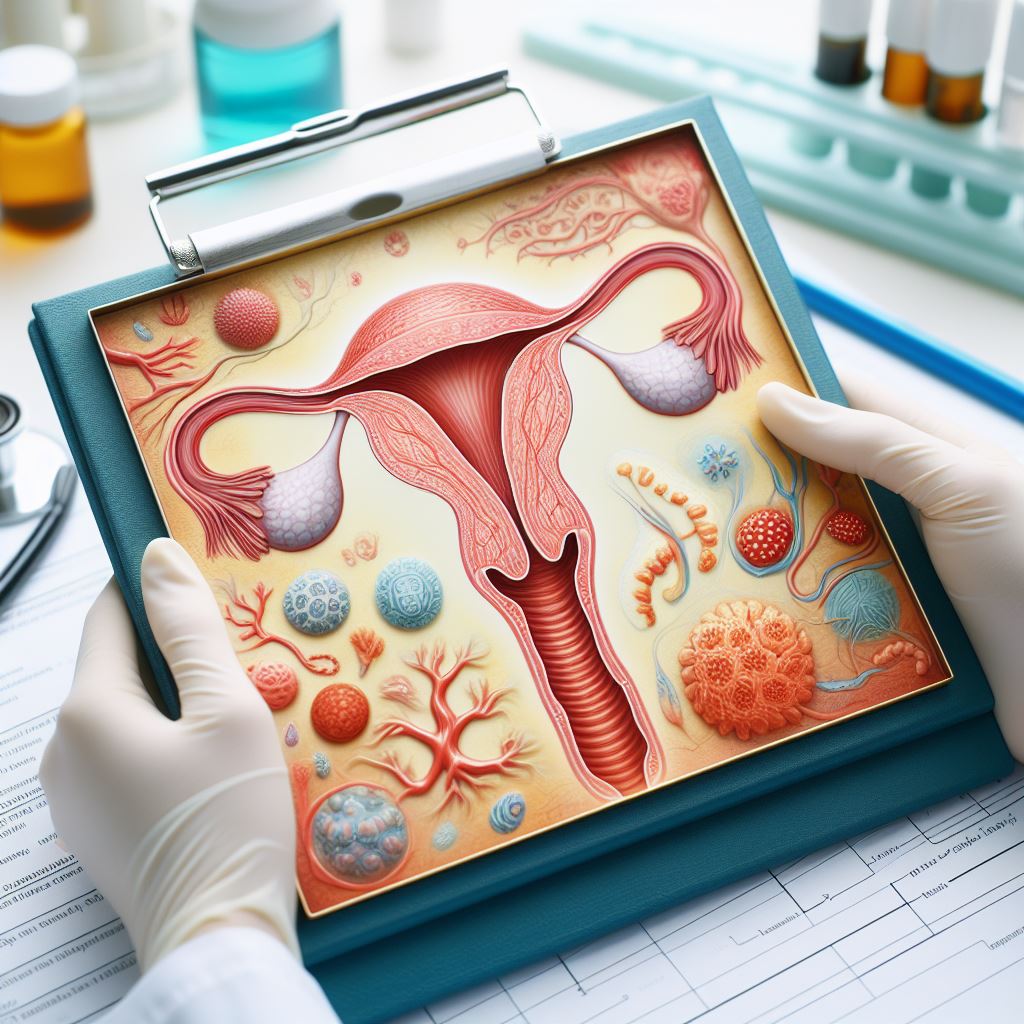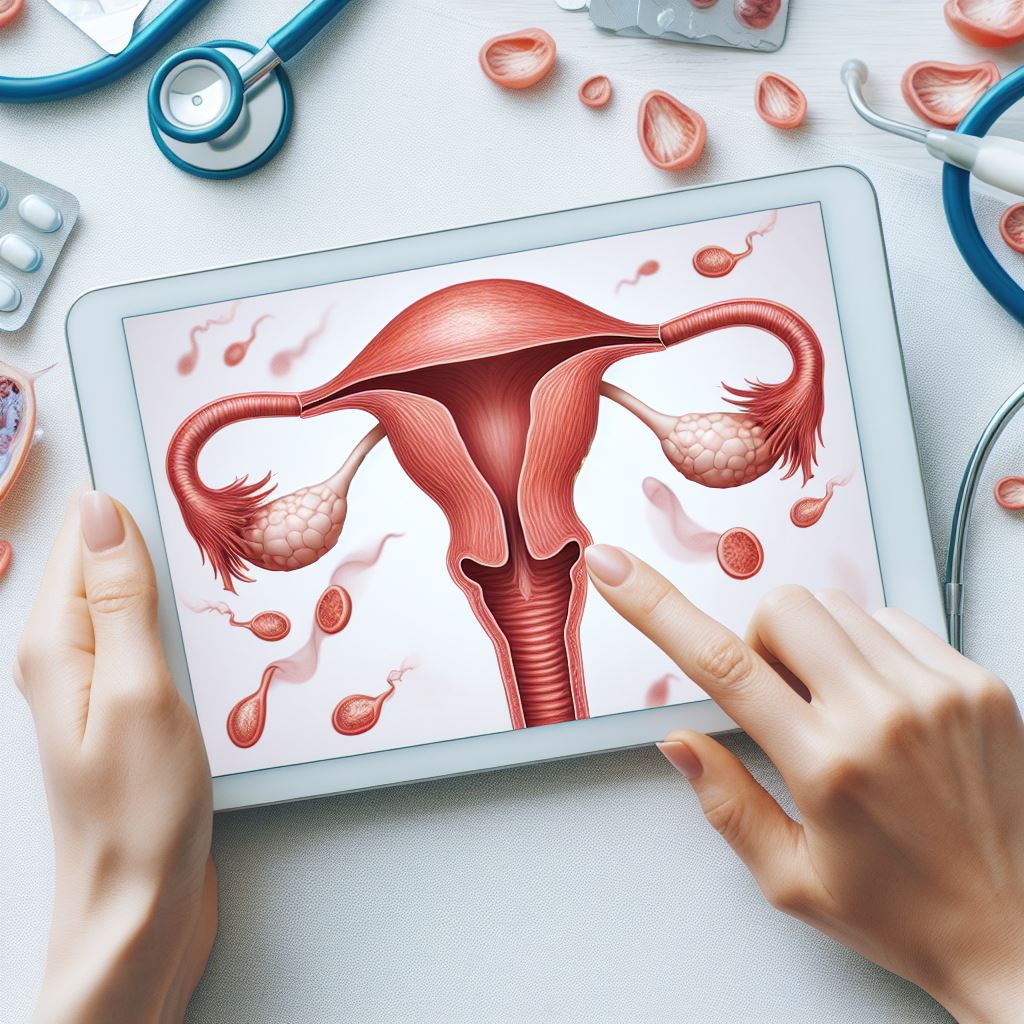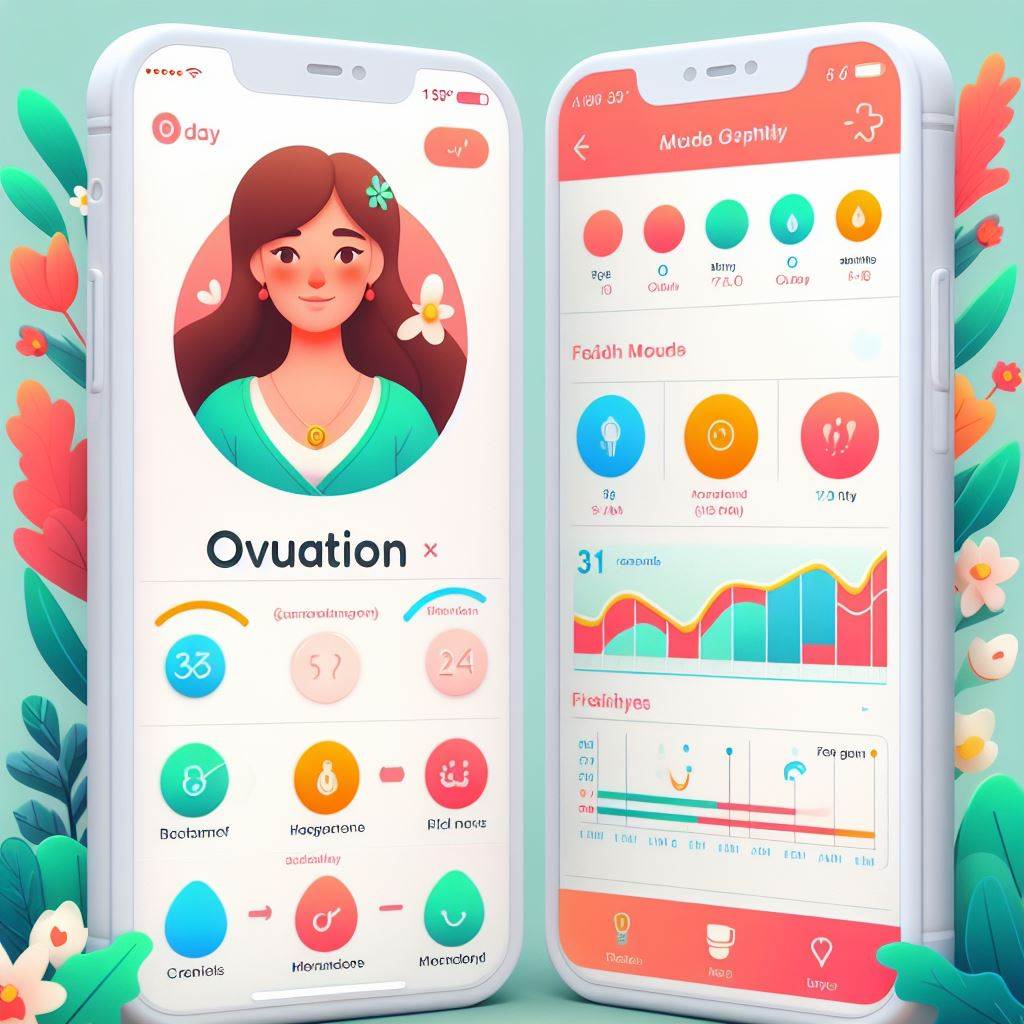Introduction
Recurrent miscarriage (RM) is a condition that affects 1-3% of women of reproductive age. It is defined as having three or more consecutive first-trimester miscarriages, which can be devastating for women and couples who are trying to conceive. RM can have various causes, such as genetic, hormonal, immunological, anatomical, or environmental factors, but in many cases, the reason remains unknown. RM can also affect the chances of having a successful pregnancy in the future, as well as the physical and emotional well-being of the affected individuals.
In this blog, we will explore some of the common questions and concerns that women with RM may have, such as:
- What are the possible causes and risk factors of RM?
- How is RM diagnosed and treated?
- What are the reproductive outcomes and prognosis of women with RM?
- How can women with RM cope with the emotional impact of their condition?
- Where can women with RM find support and resources?
We hope that this blog will provide you with some useful information and guidance on how to deal with RM and its implications for your fertility and health. However, please remember that this is not a substitute for professional medical advice and you should always consult your doctor before making any decisions regarding your RM care.
What are the possible causes and risk factors of RM?
There are many possible causes and risk factors of RM, but they can be broadly classified into four categories: genetic, hormonal, immunological, and anatomical.
Genetic causes and risk factors
Genetic causes and risk factors of RM include chromosomal abnormalities in the parents or the embryos, which can lead to miscarriage due to incompatible or incomplete development. Chromosomal abnormalities can be inherited from the parents or occur randomly during cell division. About 15% of women with RM have a chromosomal abnormality, such as a balanced translocation, where a piece of one chromosome is swapped with another1. This can result in an unbalanced embryo, which may not survive or may have severe birth defects. Other genetic causes of RM include single gene disorders, such as cystic fibrosis or thalassemia, which can affect the viability of the embryo or the placenta.
Hormonal causes and risk factors
Hormonal causes and risk factors of RM include conditions that affect the balance of hormones that are essential for maintaining a healthy pregnancy, such as progesterone, thyroid hormones, and insulin. Progesterone is a hormone that supports the implantation and growth of the embryo in the uterus. Low levels of progesterone can cause the lining of the uterus to shed, resulting in miscarriage. Thyroid hormones regulate the metabolism and development of the body, including the reproductive system. Abnormal levels of thyroid hormones, such as hypothyroidism or hyperthyroidism, can affect the quality of the eggs, the implantation of the embryo, or the function of the placenta. Insulin is a hormone that controls the blood sugar levels in the body. High levels of insulin, such as in diabetes or polycystic ovary syndrome (PCOS), can cause insulin resistance, which can impair the ovulation, fertilization, or implantation of the embryo.
Immunological causes and risk factors
Immunological causes and risk factors of RM include disorders that affect the immune system, which is responsible for protecting the body from foreign invaders, such as bacteria, viruses, or parasites. The immune system also plays a role in recognizing and accepting the embryo as part of the body, rather than rejecting it as a foreign entity. Some women with RM have an overactive or underactive immune system, which can cause inflammation, blood clotting, or tissue damage in the uterus or the placenta, leading to miscarriage. Some examples of immunological disorders that can cause RM are autoimmune diseases, such as lupus or rheumatoid arthritis, antiphospholipid syndrome (APS), which is a condition that causes the blood to clot excessively, or natural killer (NK) cells, which are a type of white blood cell that can attack the embryo or the placenta.
Anatomical causes and risk factors
Anatomical causes and risk factors of RM include abnormalities or defects in the structure or shape of the uterus, cervix, or fallopian tubes, which can interfere with the implantation, growth, or delivery of the embryo. Some women with RM have a congenital uterine anomaly, such as a septate uterus, which is a condition where the uterus is divided by a wall of tissue, or a bicornuate uterus, which is a condition where the uterus has two horns or chambers. These anomalies can reduce the space or blood supply for the embryo, causing miscarriage or preterm birth. Other anatomical causes of RM include uterine fibroids, which are benign tumors that grow in the wall of the uterus, uterine polyps, which are growths that protrude from the lining of the uterus, or cervical incompetence, which is a condition where the cervix is weak and opens prematurely, leading to miscarriage or preterm birth.
Environmental causes and risk factors
Environmental causes and risk factors of RM include factors that are external to the body, such as lifestyle, diet, stress, infections, or exposure to toxins or radiation. These factors can affect the quality of the eggs or sperm, the implantation or development of the embryo, or the function of the placenta. Some examples of environmental factors that can increase the risk of RM are smoking, alcohol consumption, caffeine intake, obesity, malnutrition, chronic stress, sexually transmitted infections (STIs), or exposure to pesticides, heavy metals, or x-rays.
How is RM diagnosed and treated?
The diagnosis and treatment of RM depend on the individual case and the underlying cause of the condition. However, some general steps and guidelines are as follows:
Diagnosis
The diagnosis of RM usually involves a medical history, a physical examination, and some tests and investigations. The medical history aims to gather information about the number, timing, and type of miscarriages, the pregnancy and birth history, the menstrual and ovulation cycles, the sexual and contraceptive history, the family and genetic history, the medical and surgical history, and the lifestyle and environmental factors. The physical examination aims to check the general health and the reproductive organs of the woman and her partner. The tests and investigations aim to identify the possible cause or causes of RM, such as chromosomal, hormonal, immunological, or anatomical abnormalities. Some common tests and investigations for RM are:
- Blood tests: to check the levels of hormones, such as progesterone, thyroid hormones, and insulin, the presence of antibodies, such as antiphospholipid antibodies or anti-thyroid antibodies, the function of the liver and the kidneys, the blood type and the Rh factor, and the blood count and the clotting factors.
- Karyotyping: to check the number and the structure of the chromosomes in the blood cells of the woman and her partner, or in the tissue of the miscarried embryo, if available.
- Ultrasound: to check the shape and the size of the uterus, the presence of any anomalies, such as fibroids, polyps, or septa, the thickness and the quality of the lining of the uterus, the location and the viability of the embryo, and the blood flow and the function of the placenta.
- Hysterosalpingogram (HSG): to check the shape and the patency of the fallopian tubes, by injecting a dye into the uterus and taking an x-ray of the pelvic area.
- Hysteroscopy: to check the inside of the uterus, by inserting a thin, flexible tube with a camera and a light (hysteroscope) through the cervix and into the uterus.
- Laparoscopy: to check the outside of the uterus, the ovaries, and the fallopian tubes, by inserting a thin, flexible tube with a camera and a light (laparoscope) through a small incision in the abdomen.
- Endometrial biopsy: to check the quality and the receptivity of the lining of the uterus, by taking a small sample of tissue from the uterus and examining it under a microscope.
Treatment
The treatment of RM depends on the cause or causes of the condition, the age and the health of the woman and her partner, and their preferences and expectations. The treatment of RM may include one or more of the following options:
- Supportive care: This is the most common and the least invasive option for RM, especially when the cause is unknown or unmodifiable. Supportive care involves providing emotional and psychological support, monitoring the pregnancy closely with ultrasound and blood tests, and reassuring the woman and her partner that they have a good chance of having a successful pregnancy in the future.
- Medication: This option involves prescribing drugs that can address the specific cause or causes of RM, such as progesterone supplements, thyroid hormone replacement, insulin sensitizers, anti-inflammatory drugs, blood thinners, or antibiotics. The type, dose, and duration of the medication depend on the individual case and the doctor’s recommendation.
- Surgery: This option involves performing a procedure that can correct the anatomical abnormality or defect that is causing RM, such as removing or repairing a uterine septum, a fibroid, or a polyp, or placing a stitch around the cervix to prevent it from opening prematurely. The type, risk, and benefit of the surgery depend on the individual case and the doctor’s recommendation.
- Assisted reproductive technology (ART): This option
What are the reproductive outcomes and prognosis of women with RM?
One of the most common questions and concerns that women with RM have is whether they will be able to have a successful pregnancy in the future. The answer to this question depends on several factors, such as the cause and the number of previous miscarriages, the age and the health of the woman and her partner, and the treatment options available. However, the general outlook for women with RM is optimistic, as studies have shown that most women with RM have a high chance of achieving a live birth eventually.
According to a systematic review and meta-analysis of 24 studies, the overall live birth rate for women with RM was 77%, with a range of 48% to 95% depending on the study. The live birth rate was higher for women with unexplained RM (79%) than for women with explained RM (73%), and it decreased with increasing number of previous miscarriages. Another systematic review and meta-analysis of 22 studies found that the live birth rate for women with RM was 71%, with a range of 65% to 76% depending on the study. The live birth rate was higher for women who received supportive care (75%) than for women who received no intervention (70%), and it decreased with increasing maternal age.
These findings suggest that women with RM have a good prognosis for achieving a live birth, especially if they receive supportive care and have no identifiable cause for their miscarriages. However, it is important to note that these studies have some limitations, such as heterogeneity in the definition and the diagnosis of RM, variation in the treatment protocols and the follow-up periods, and potential selection bias and confounding factors. Therefore, the results may not be applicable to every individual case, and the actual live birth rate for women with RM may vary depending on their specific circumstances and characteristics.
How can women with RM cope with the emotional impact of their condition?
Another major challenge that women with RM face is the emotional impact of their condition. RM can cause a range of negative emotions, such as grief, sadness, anger, guilt, anxiety, depression, and low self-esteem. RM can also affect the relationship with the partner, the family, and the friends, as well as the social and the professional life of the affected individuals. RM can also trigger a fear of pregnancy or a loss of hope for the future.
Coping with the emotional impact of RM can be difficult, but there are some strategies that can help, such as:
- Seeking professional help: Talking to a counselor, a therapist, or a psychologist can help women with RM process their emotions, identify their coping skills, and find ways to heal and move forward. Professional help can also provide information, guidance, and support for making decisions regarding the RM care and the future pregnancy plans.
- Joining a support group: Connecting with other women who have experienced RM can help women with RM feel less alone, isolated, or misunderstood. Support groups can offer a safe and supportive space to share stories, feelings, and experiences, as well as to receive and provide emotional and practical support, advice, and encouragement.
- Practicing self-care: Taking care of oneself.
Where can women with RM find support and resources?
One of the most important aspects of coping with RM is finding support and resources that can help women and their partners deal with the physical, emotional, and practical challenges of their condition. Support and resources can come from various sources, such as:
- Health care professionals: Women with RM should have regular contact with their health care professionals, such as their general practitioner, their obstetrician-gynecologist, their nurse, or their counselor, who can provide them with medical care, information, guidance, and emotional support. Women with RM should feel comfortable and confident to ask questions, express their concerns, and seek help from their health care professionals whenever they need it.
- Support groups: Women with RM can benefit from joining support groups, either online or in person, where they can connect with other women who have experienced RM and share their stories, feelings, and experiences. Support groups can offer a safe and supportive space to vent, grieve, learn, and heal, as well as to receive and provide emotional and practical support, advice, and encouragement. Some examples of online support groups for women with RM are Miscarriage Association, Tommy’s, and BabyCenter.
- Family and friends: Women with RM can also find support and resources from their family and friends, who can offer them love, comfort, and companionship. Family and friends can help women with RM by listening to them, validating their feelings, acknowledging their losses, and respecting their choices. Family and friends can also help women with RM by providing practical assistance, such as helping with household chores, childcare, or work, or by accompanying them to appointments, tests, or treatments.
- Books and websites: Women with RM can also find support and resources from books and websites that can provide them with information, education, and inspiration. Books and websites can help women with RM understand their condition, learn about the possible causes and treatments, and find hope and strength for the future. Some examples of books and websites for women with RM are [Not Broken: An Approachable Guide to Miscarriage and Recurrent Pregnancy Loss], [Trying Again: A Guide to Pregnancy After Miscarriage, Stillbirth, and Infant Loss], and [Recurrent Miscarriage and Fertility Concerns: How can women with RM cope with the emotional impact of their condition?].
We hope that this blog has provided you with some useful information and guidance on how to deal with RM and its implications for your fertility and health. However, please remember that this is not a substitute for professional advice and you should always consult your doctor before making any decisions regarding your RM care. If you have any questions, please contact Eileen who is a fertility coach and can guide you on the right path.






